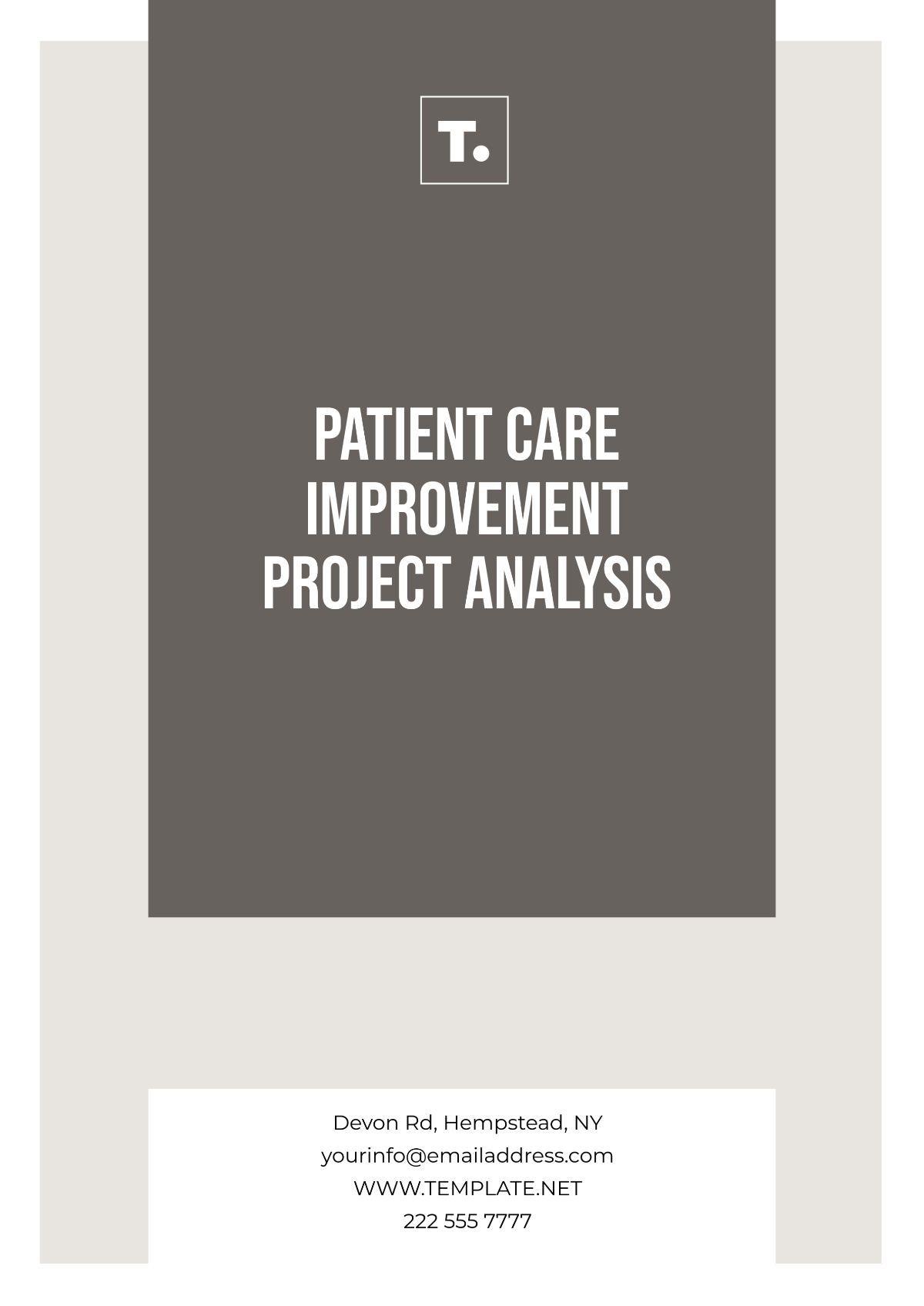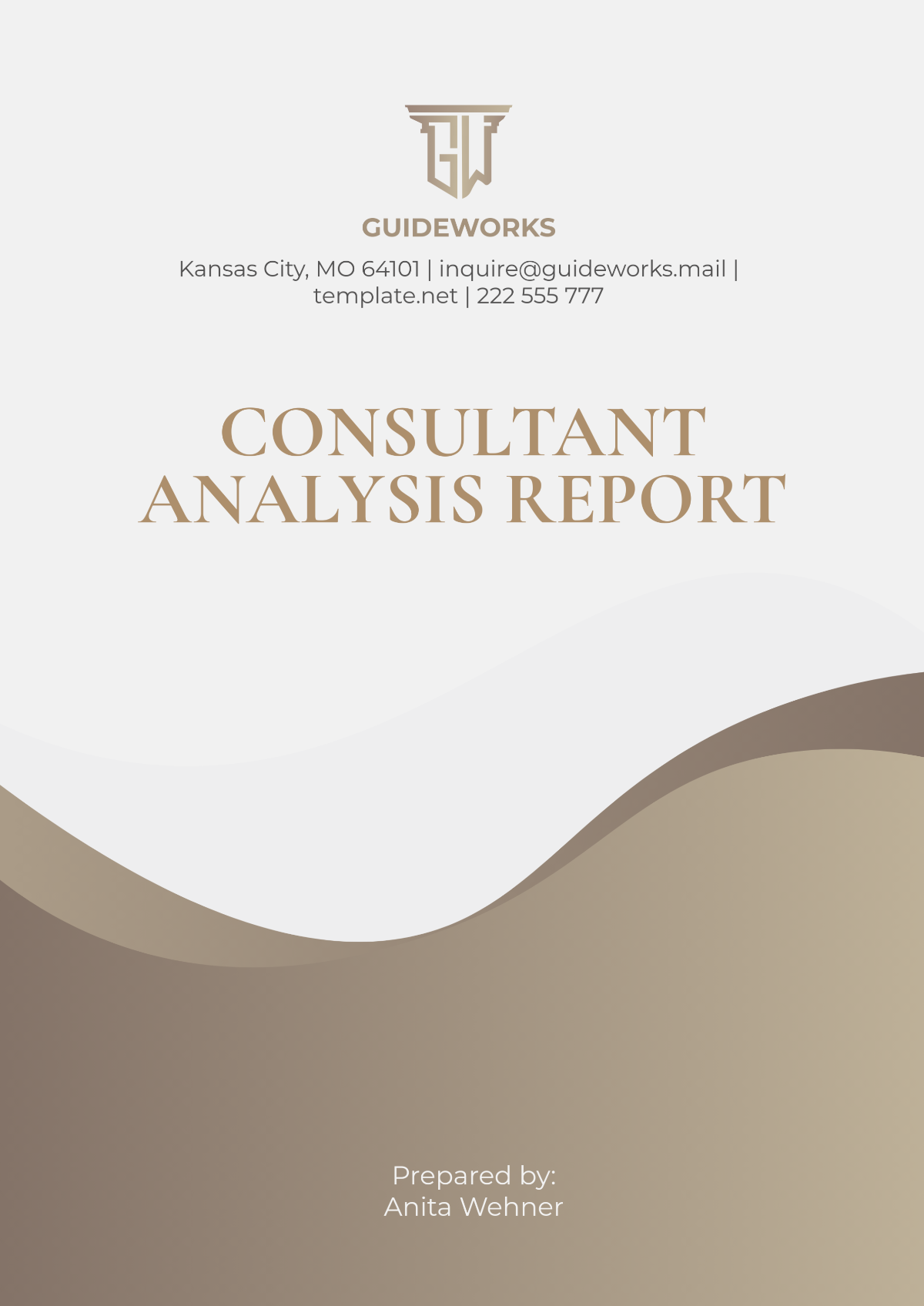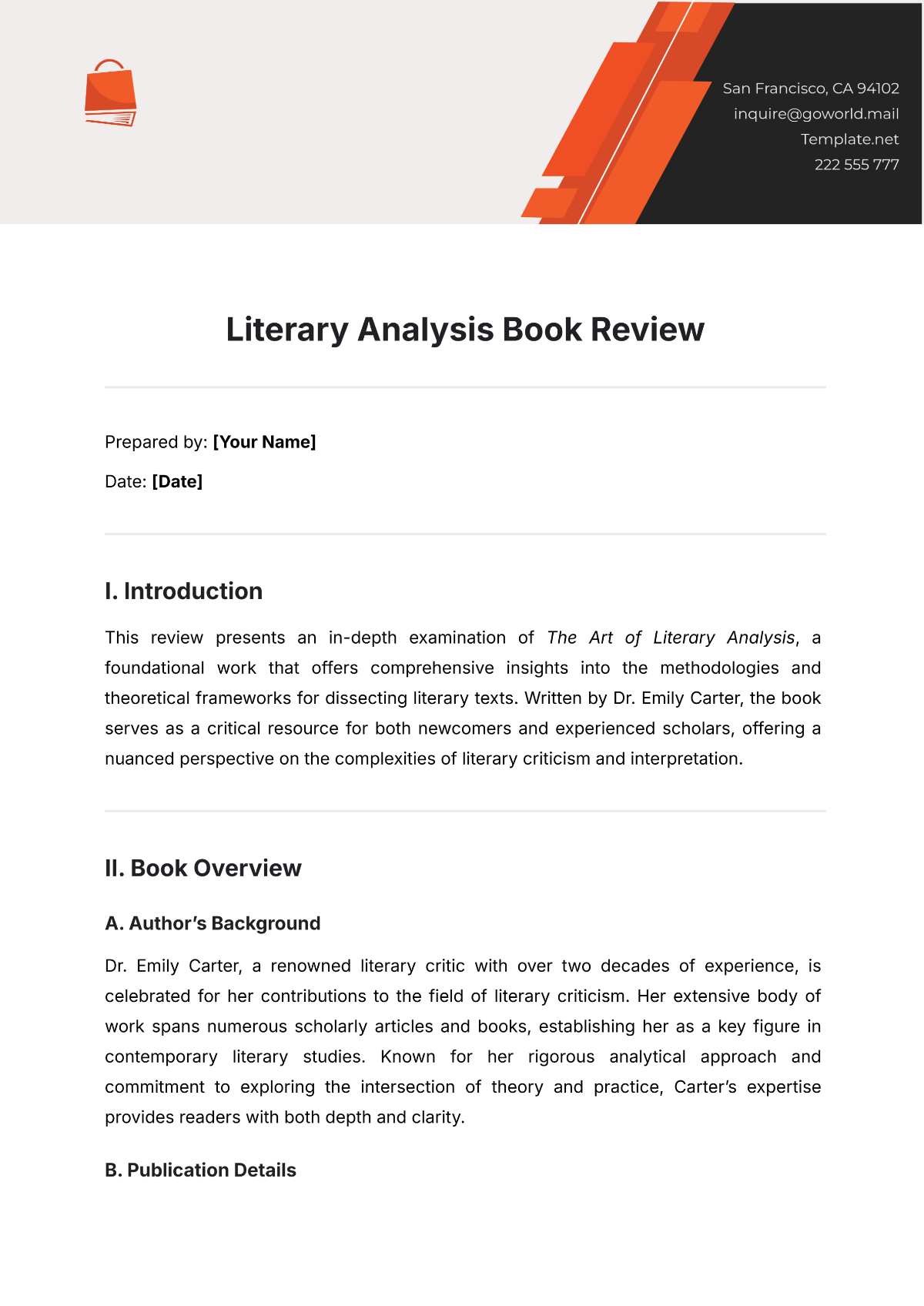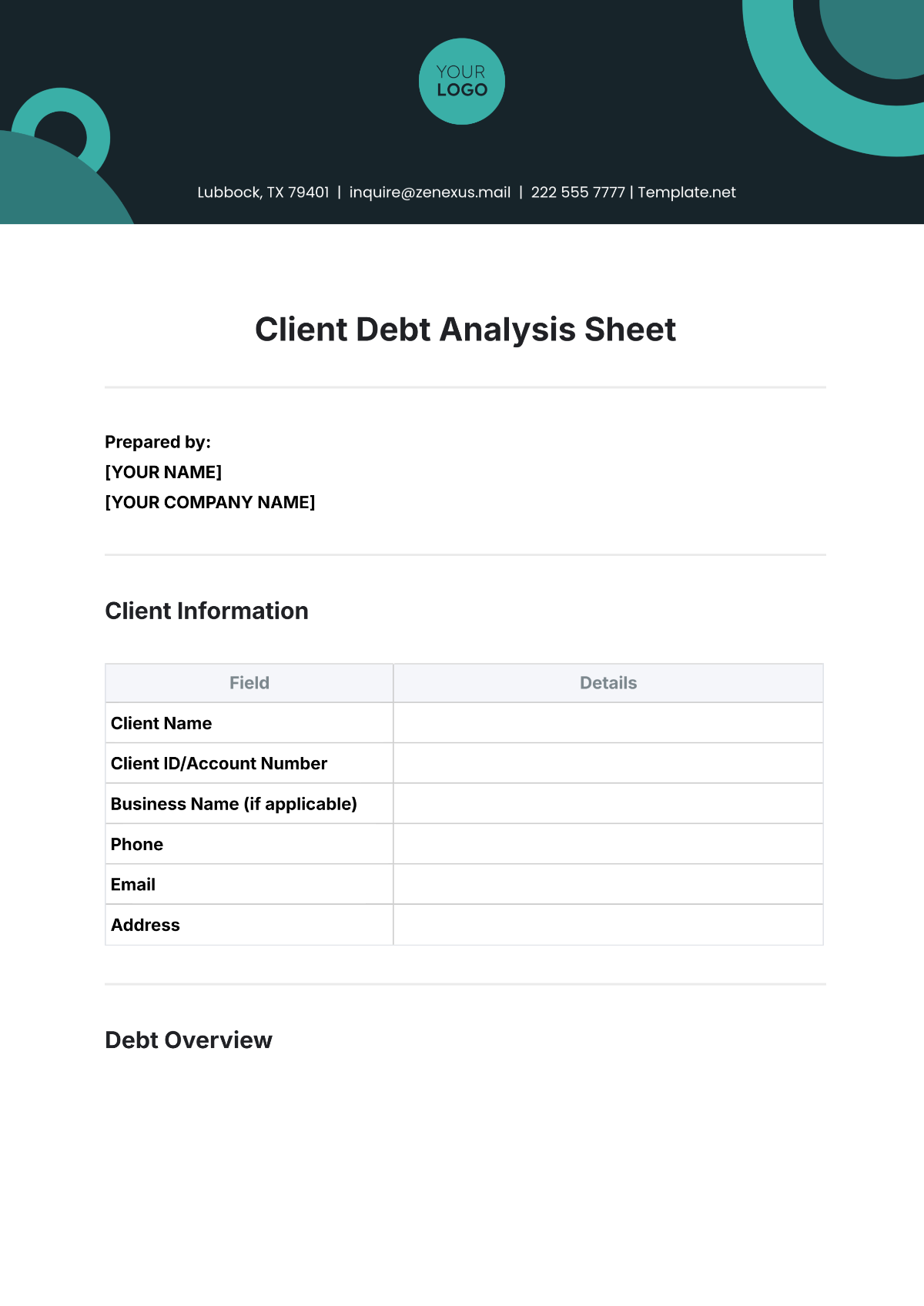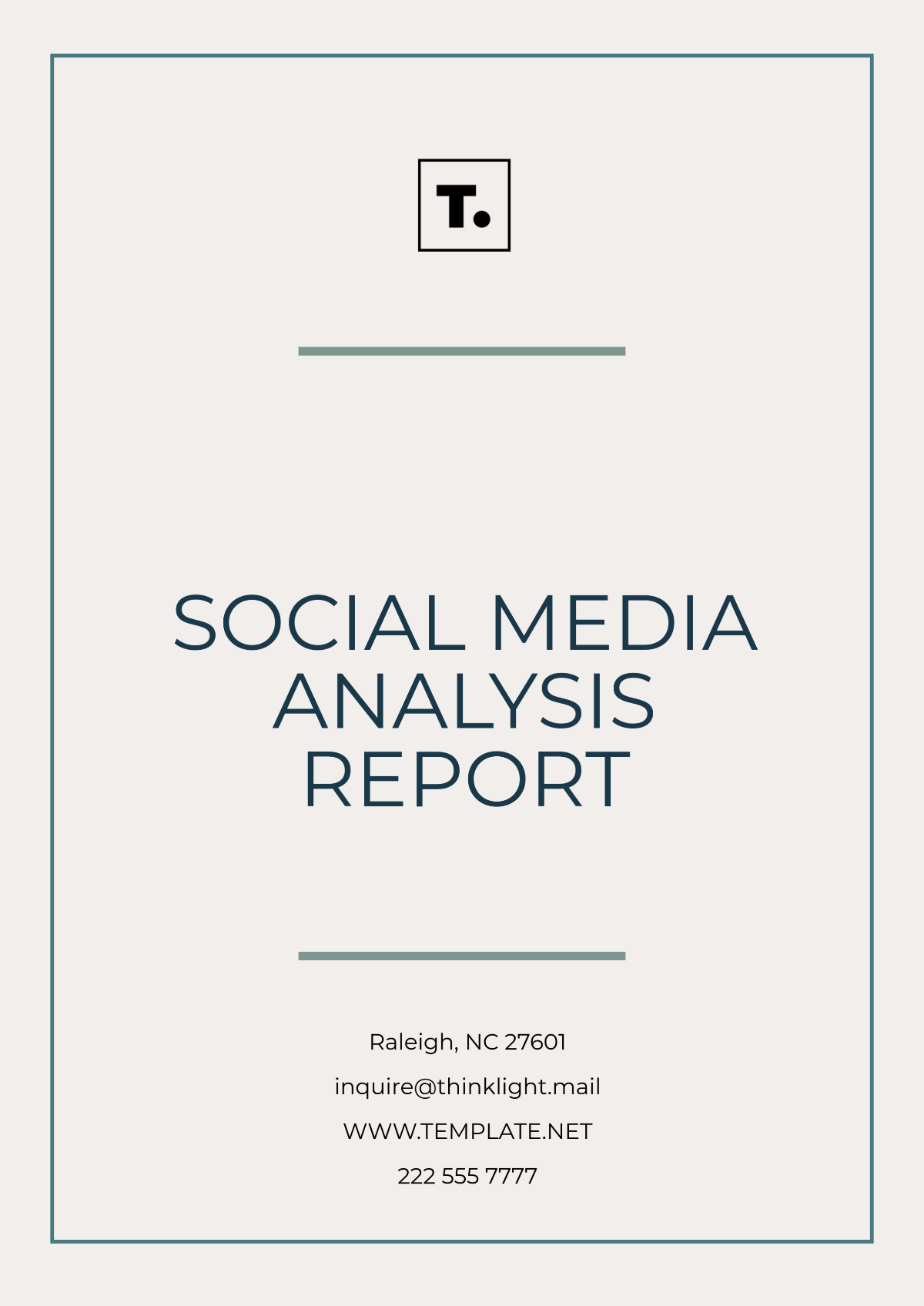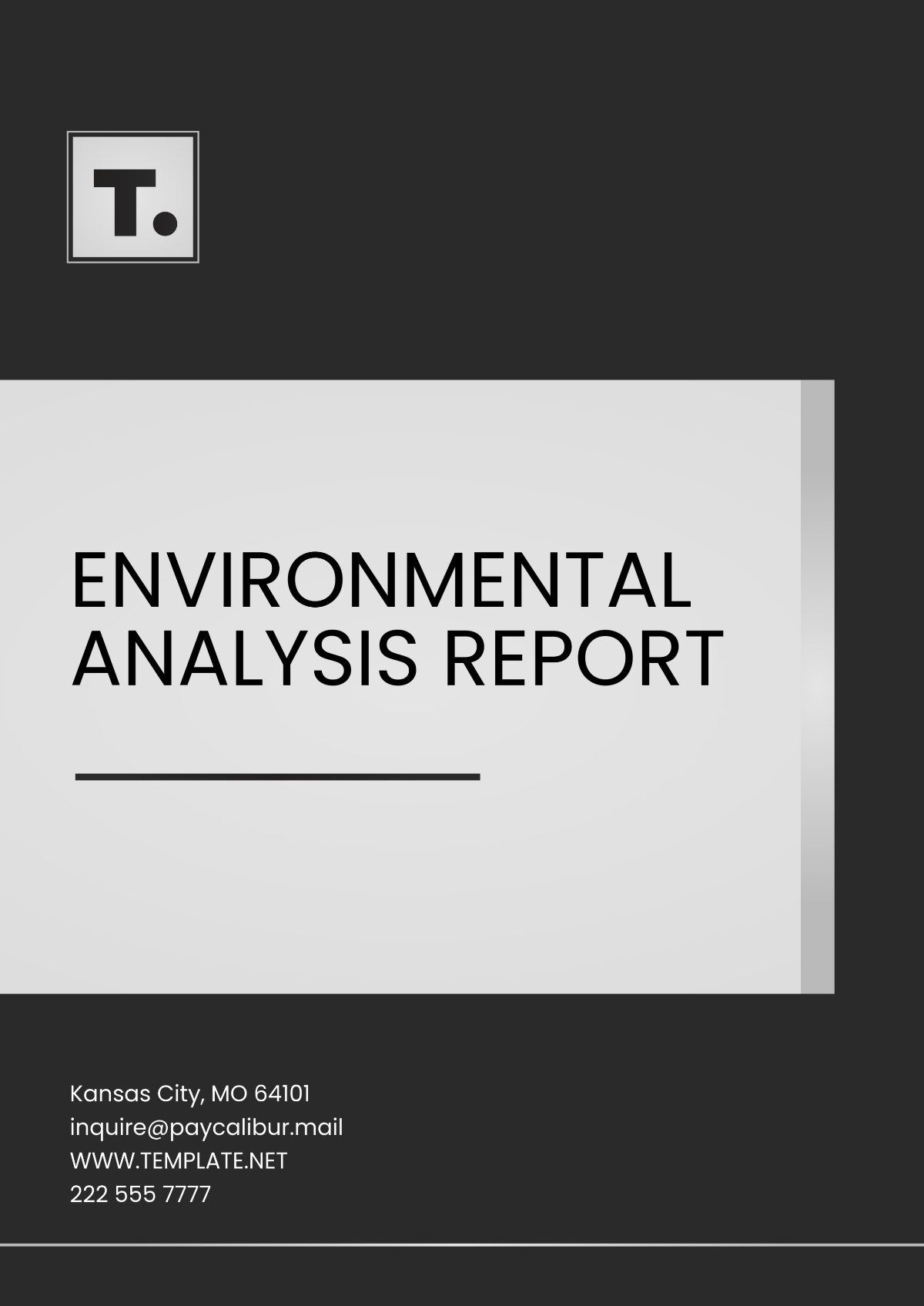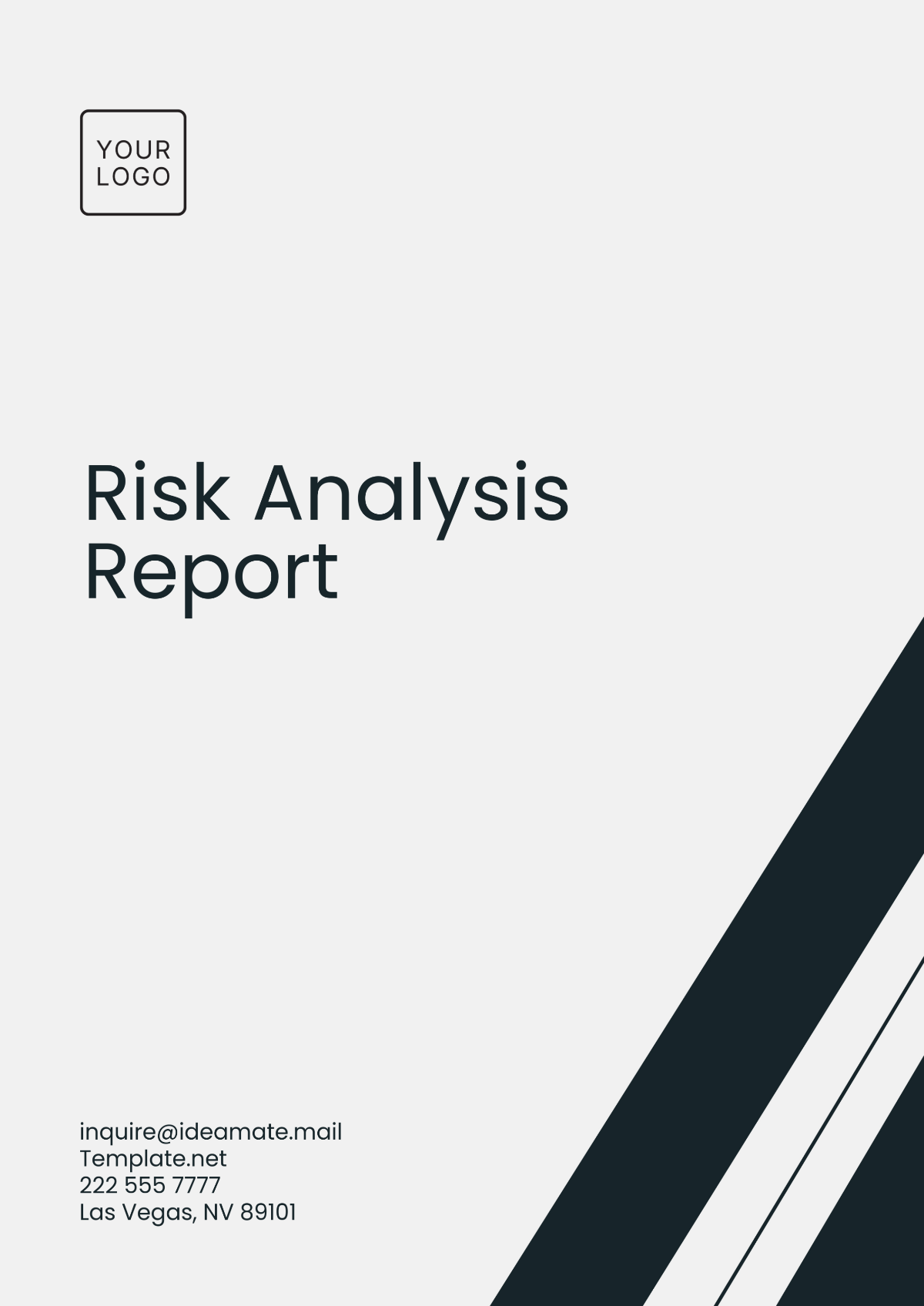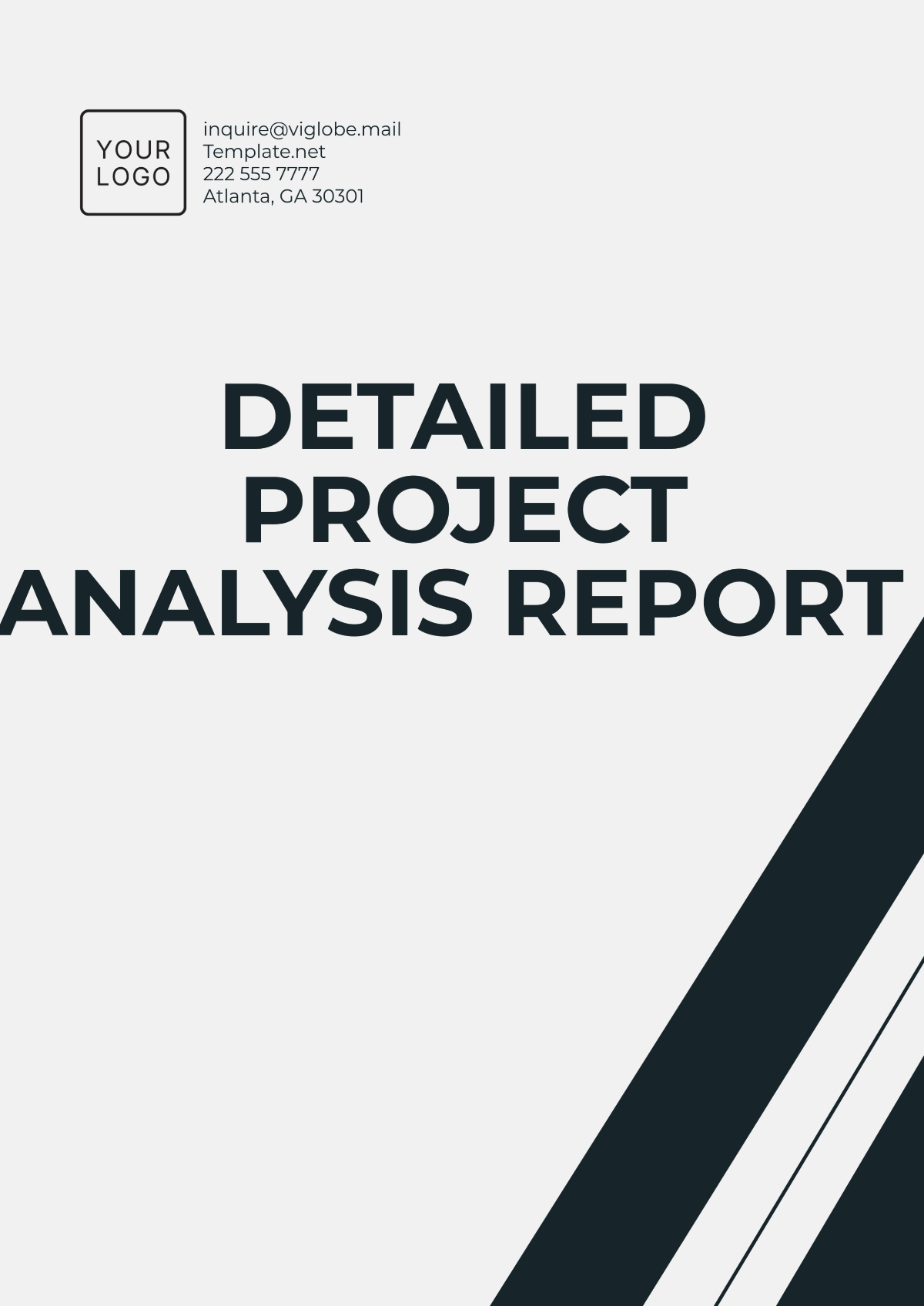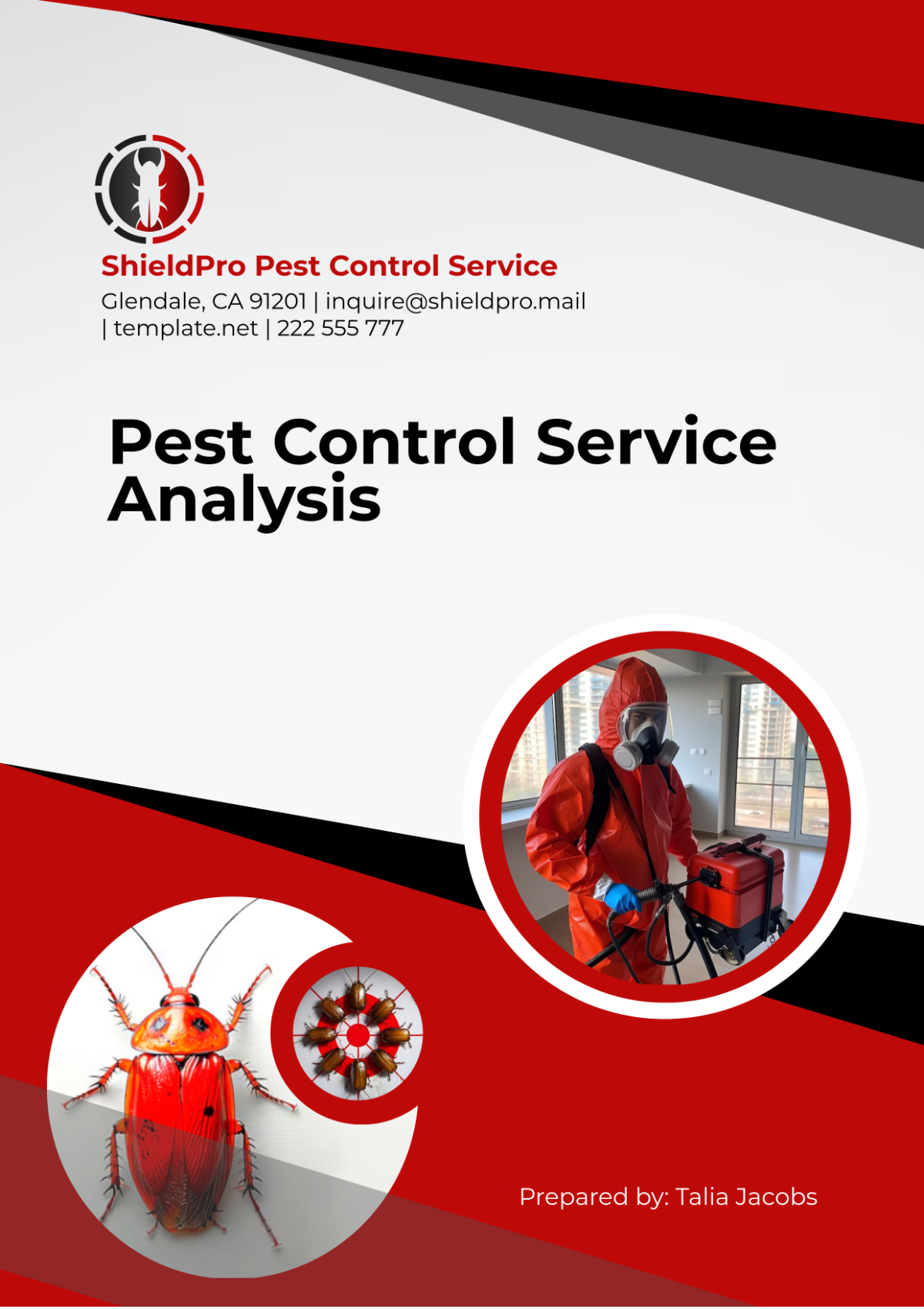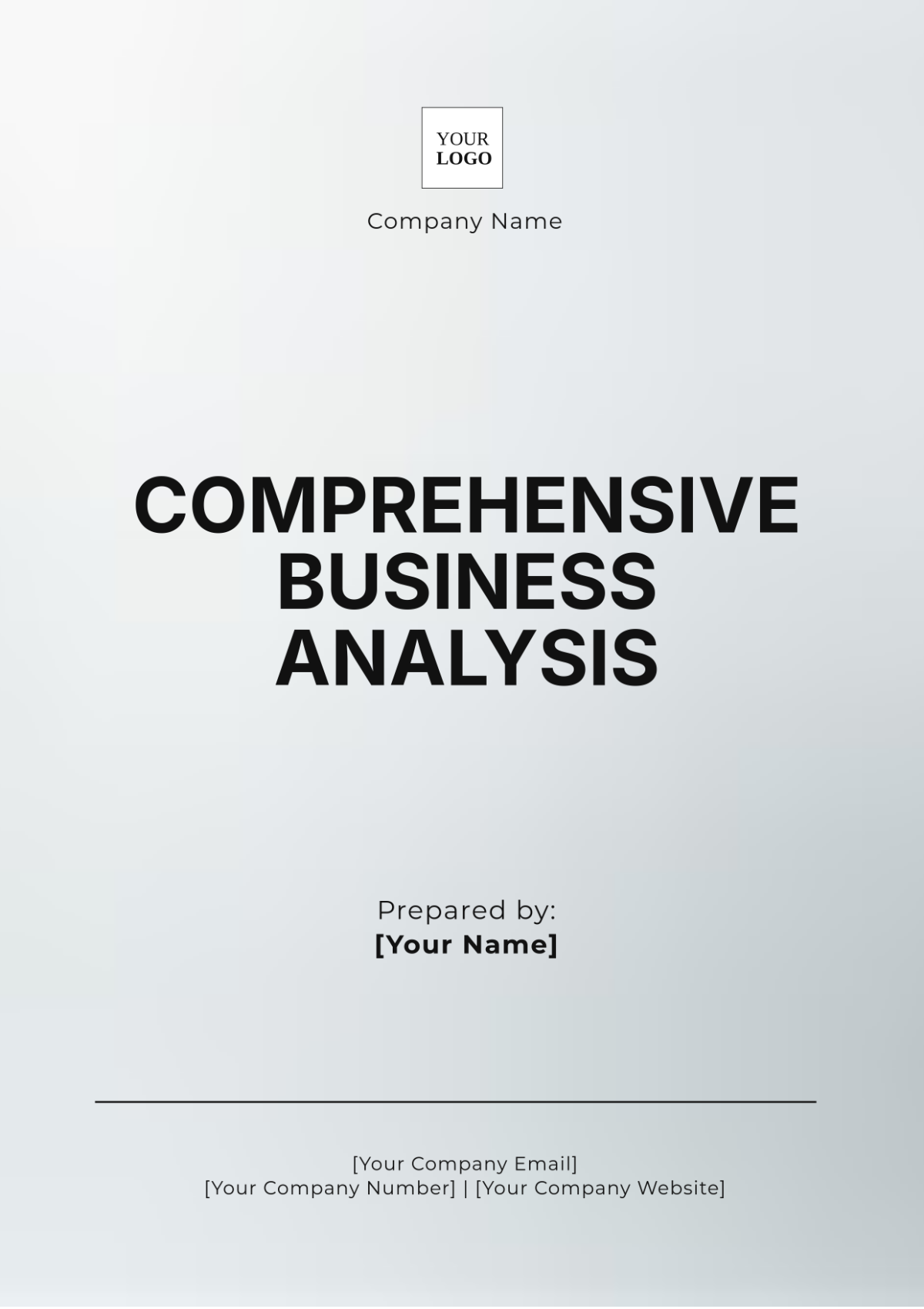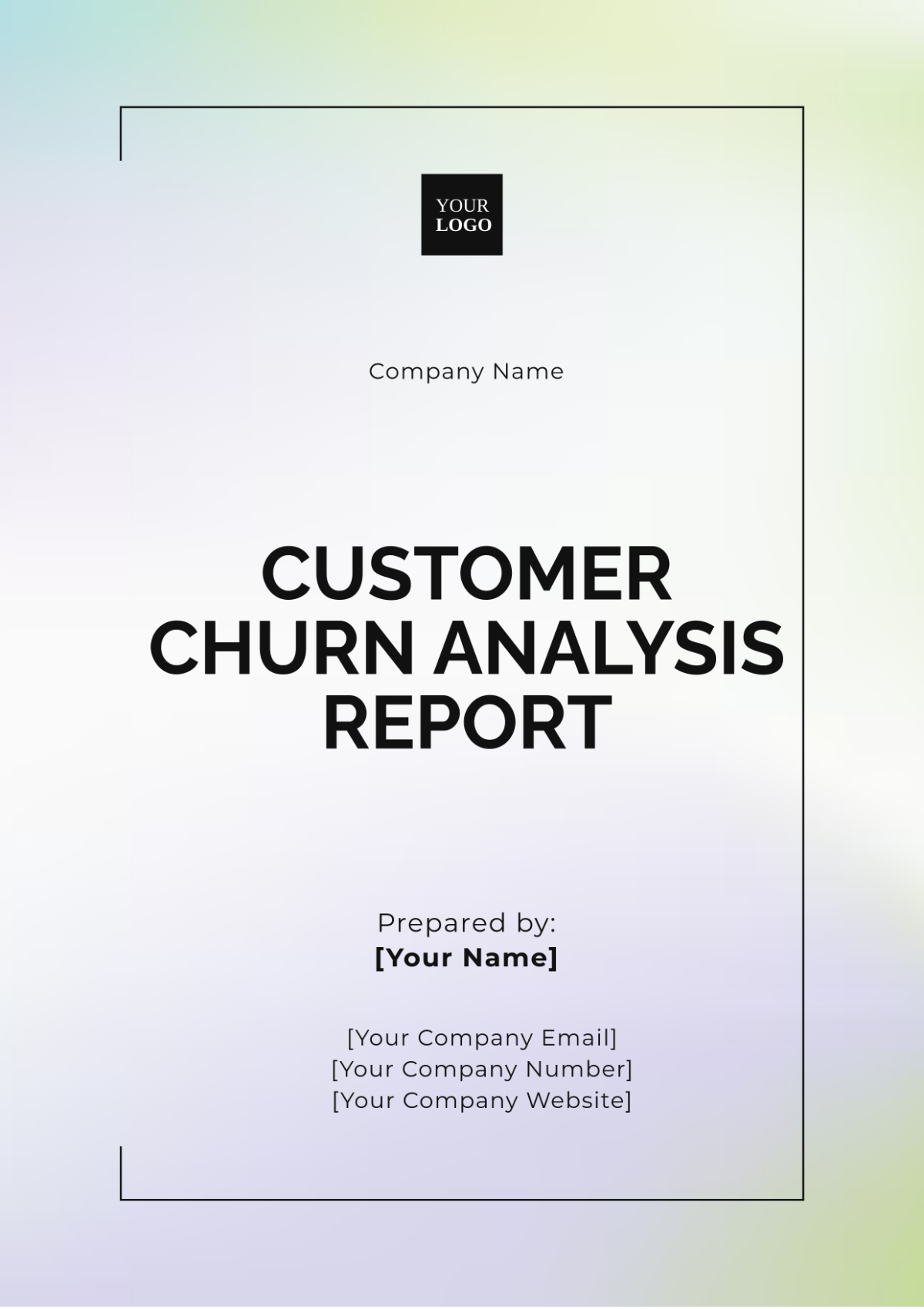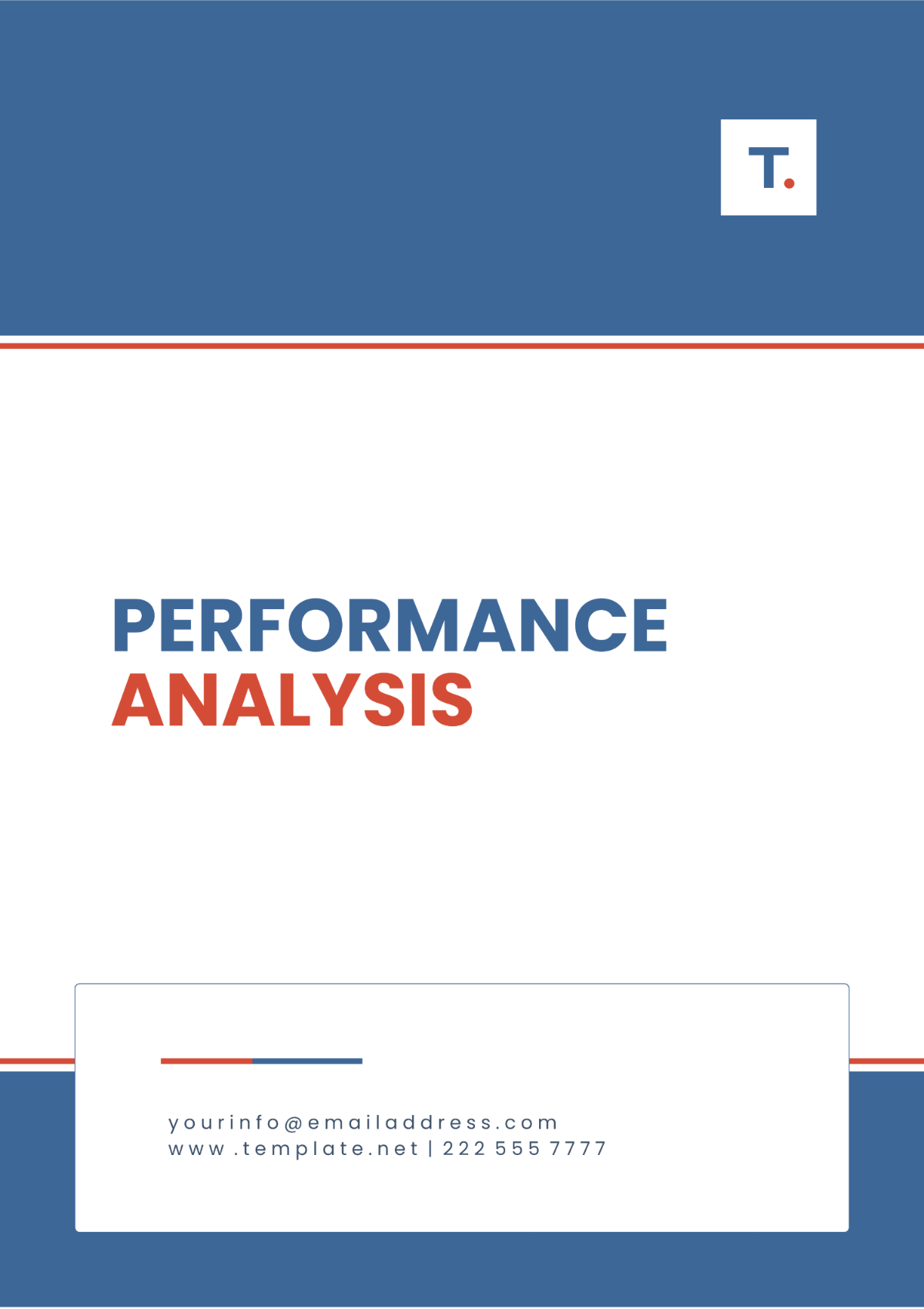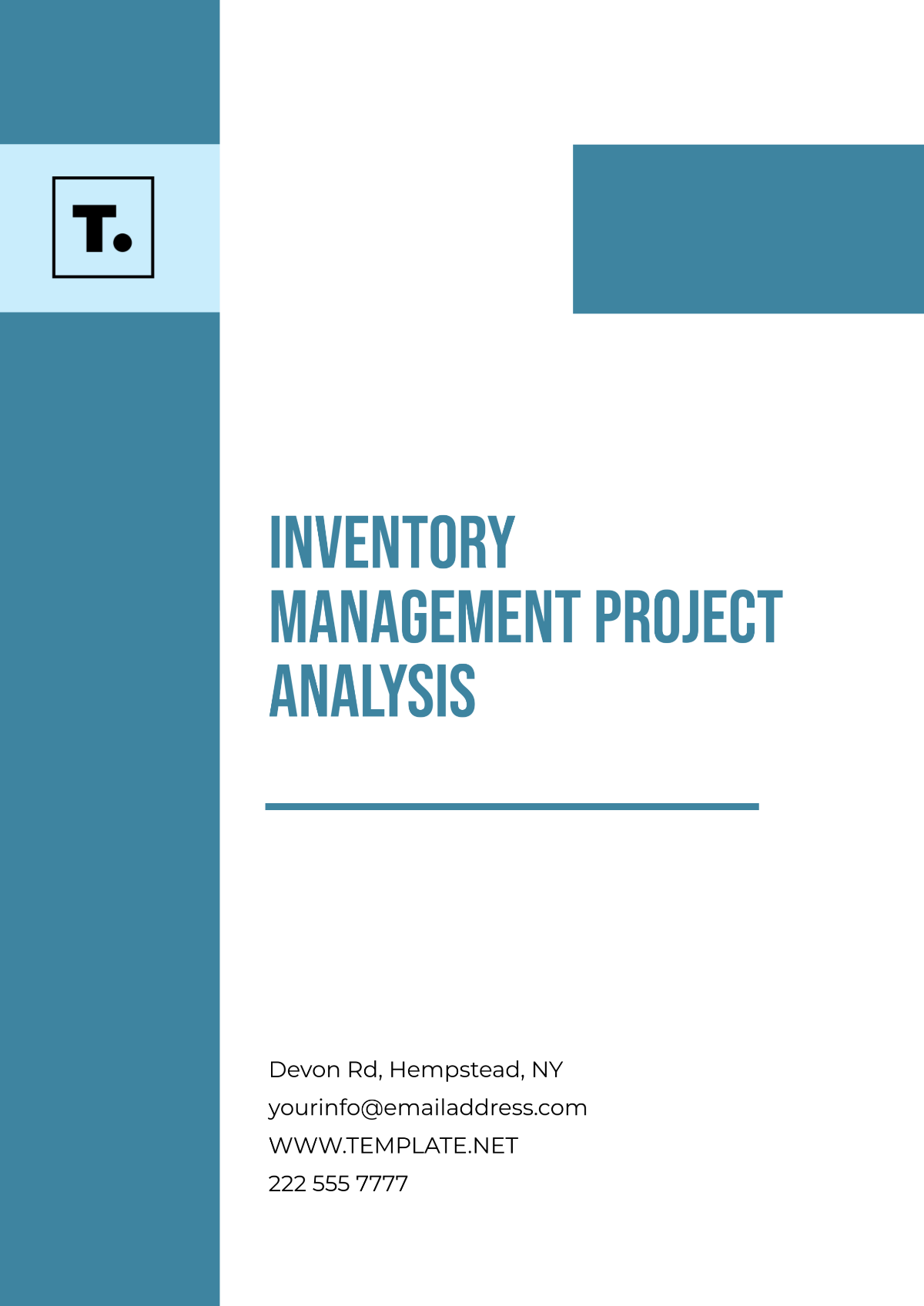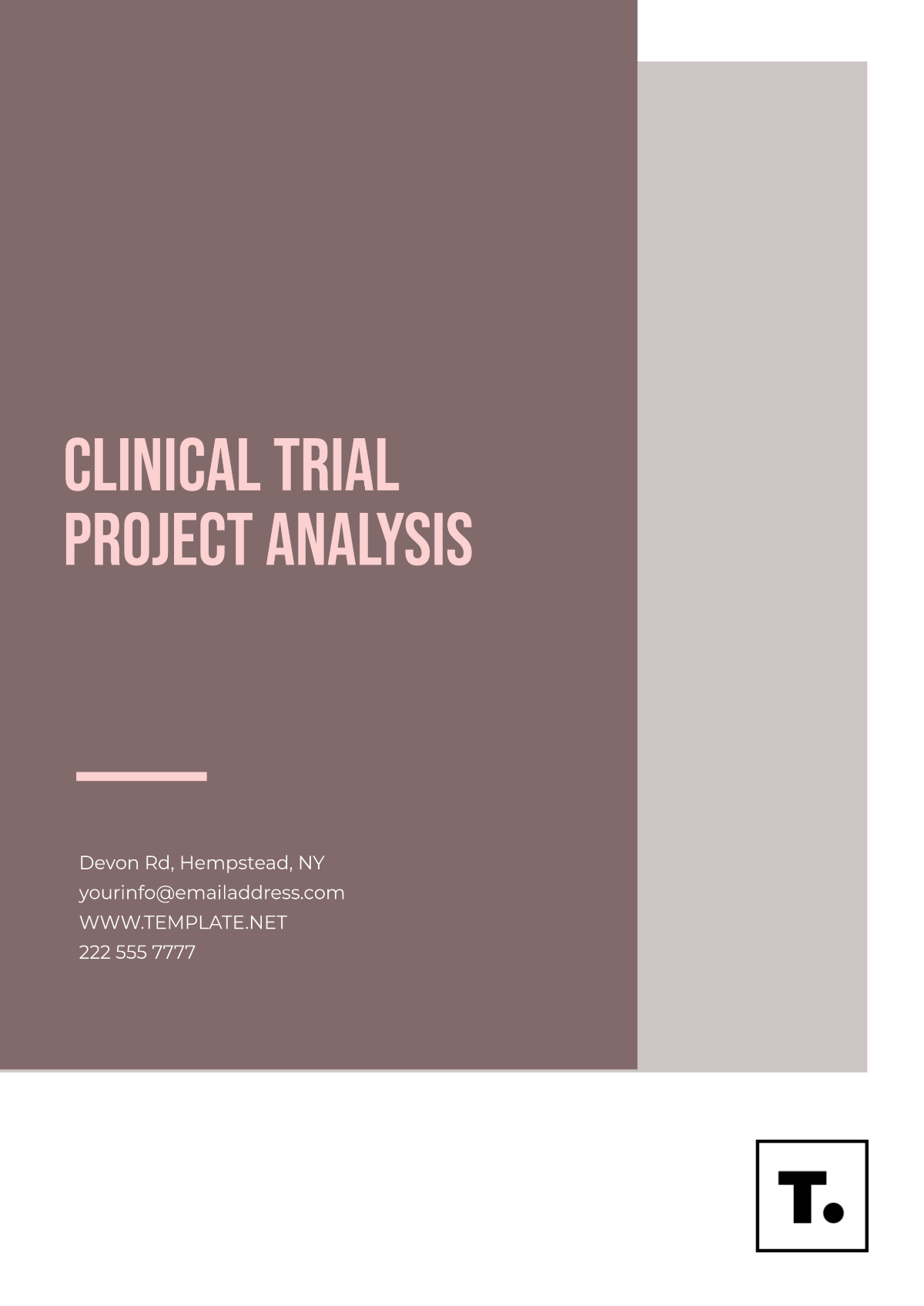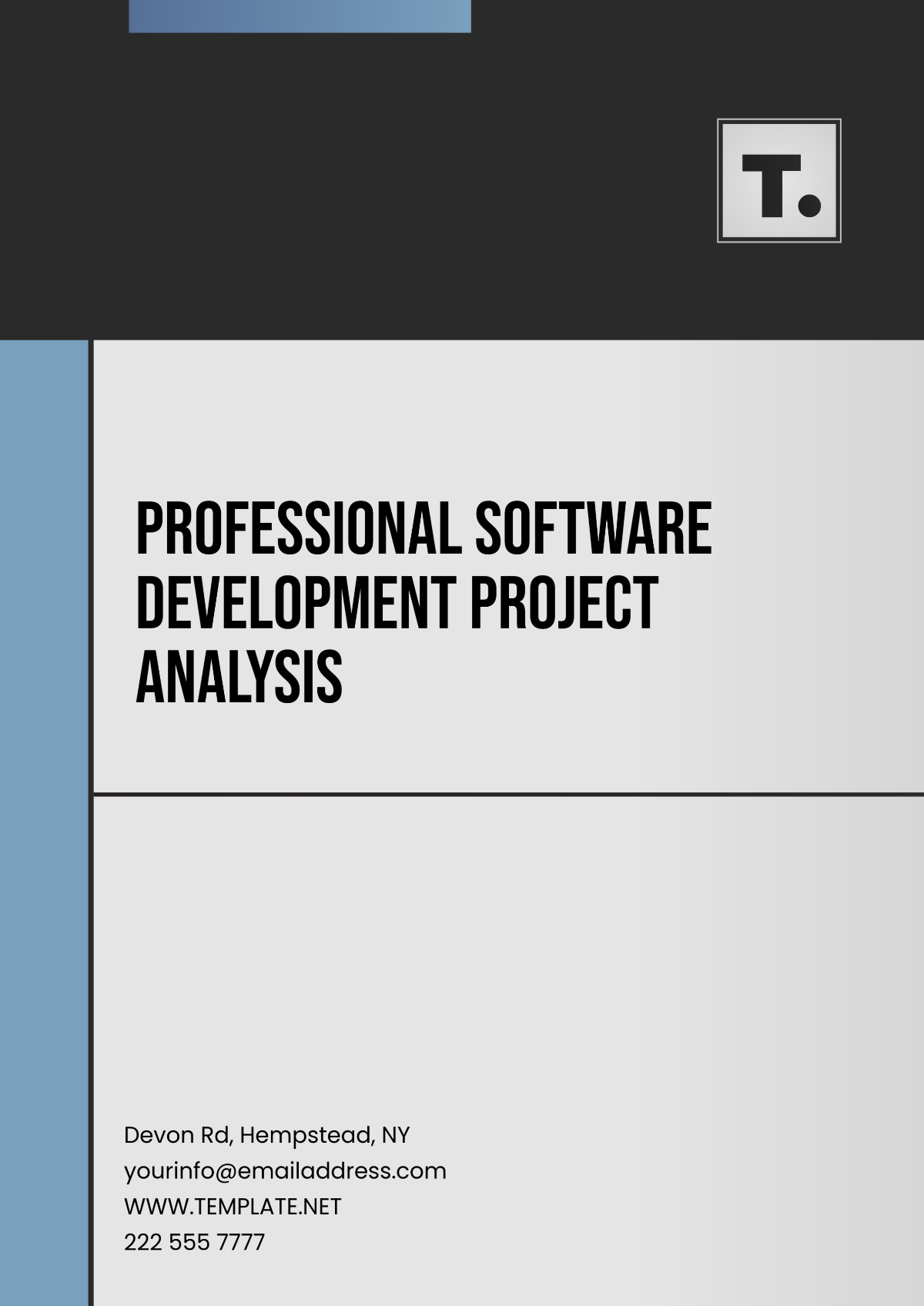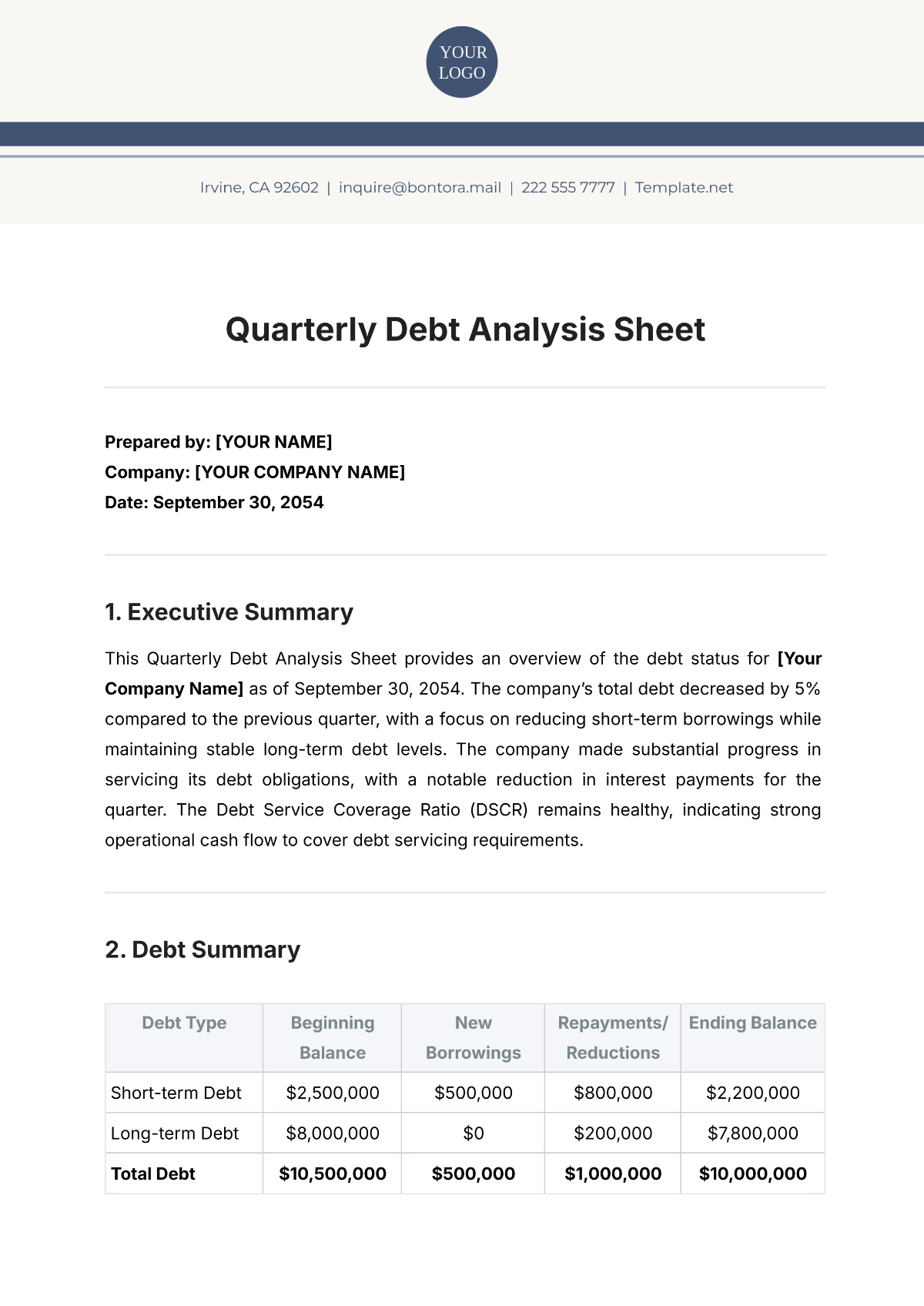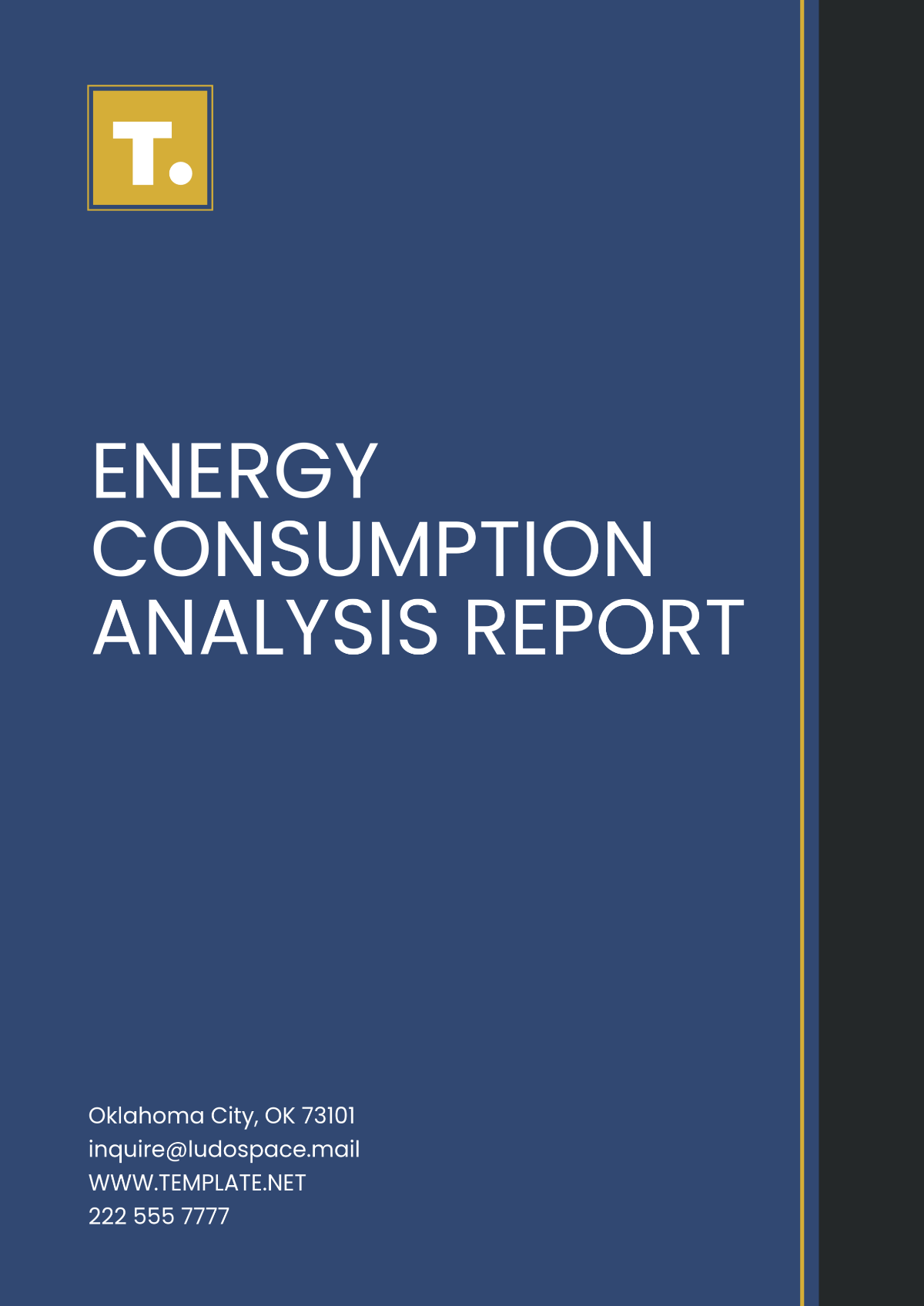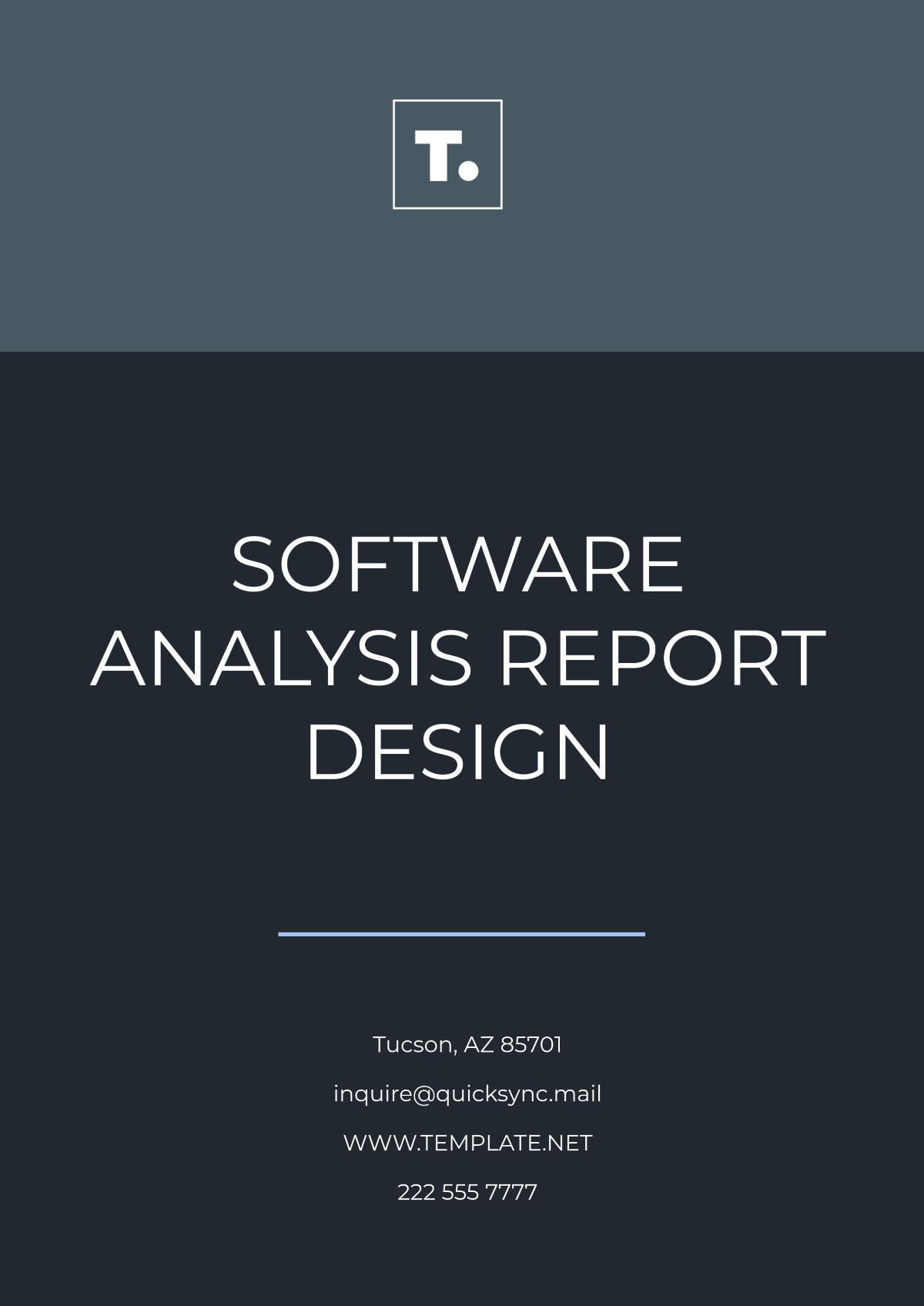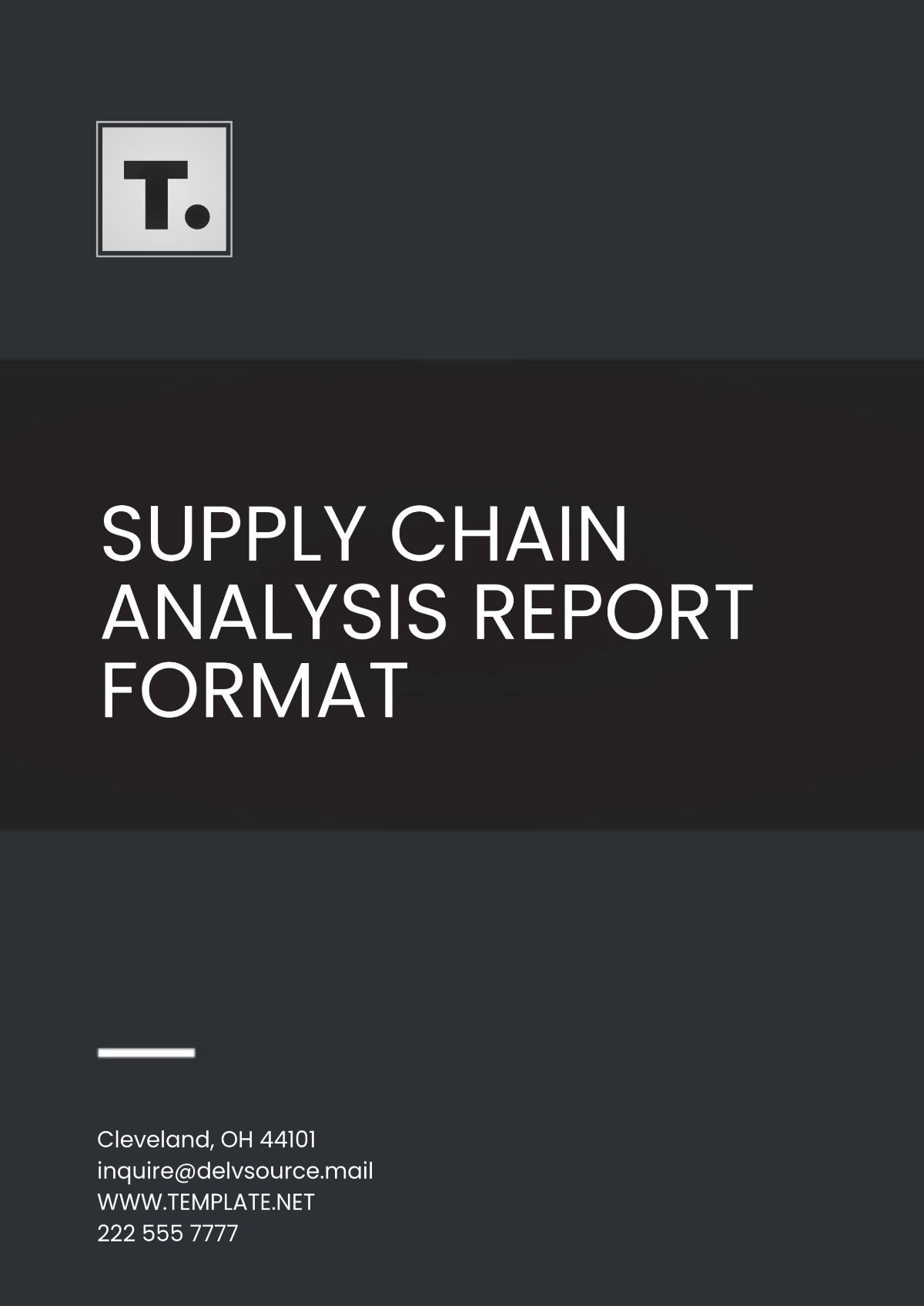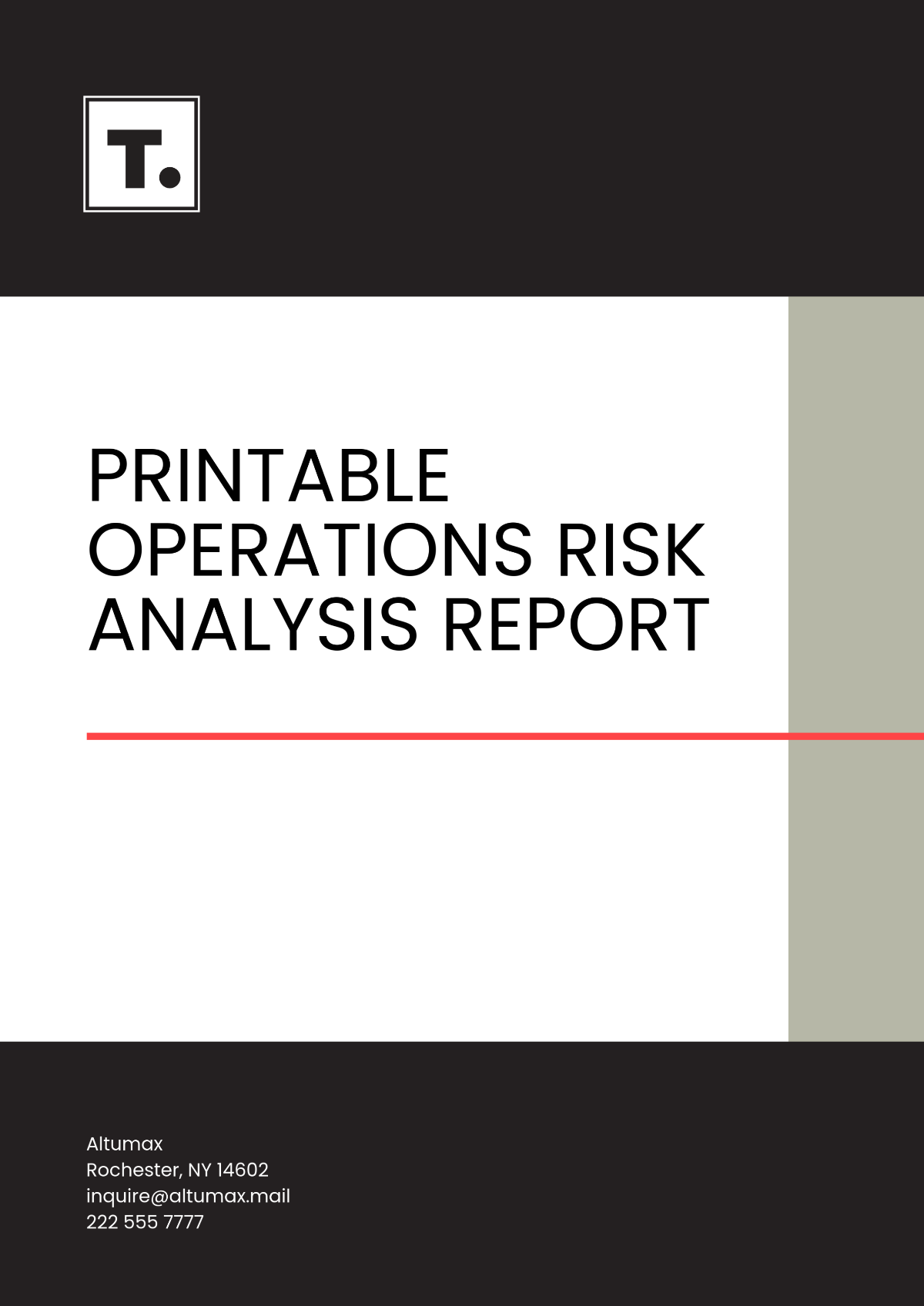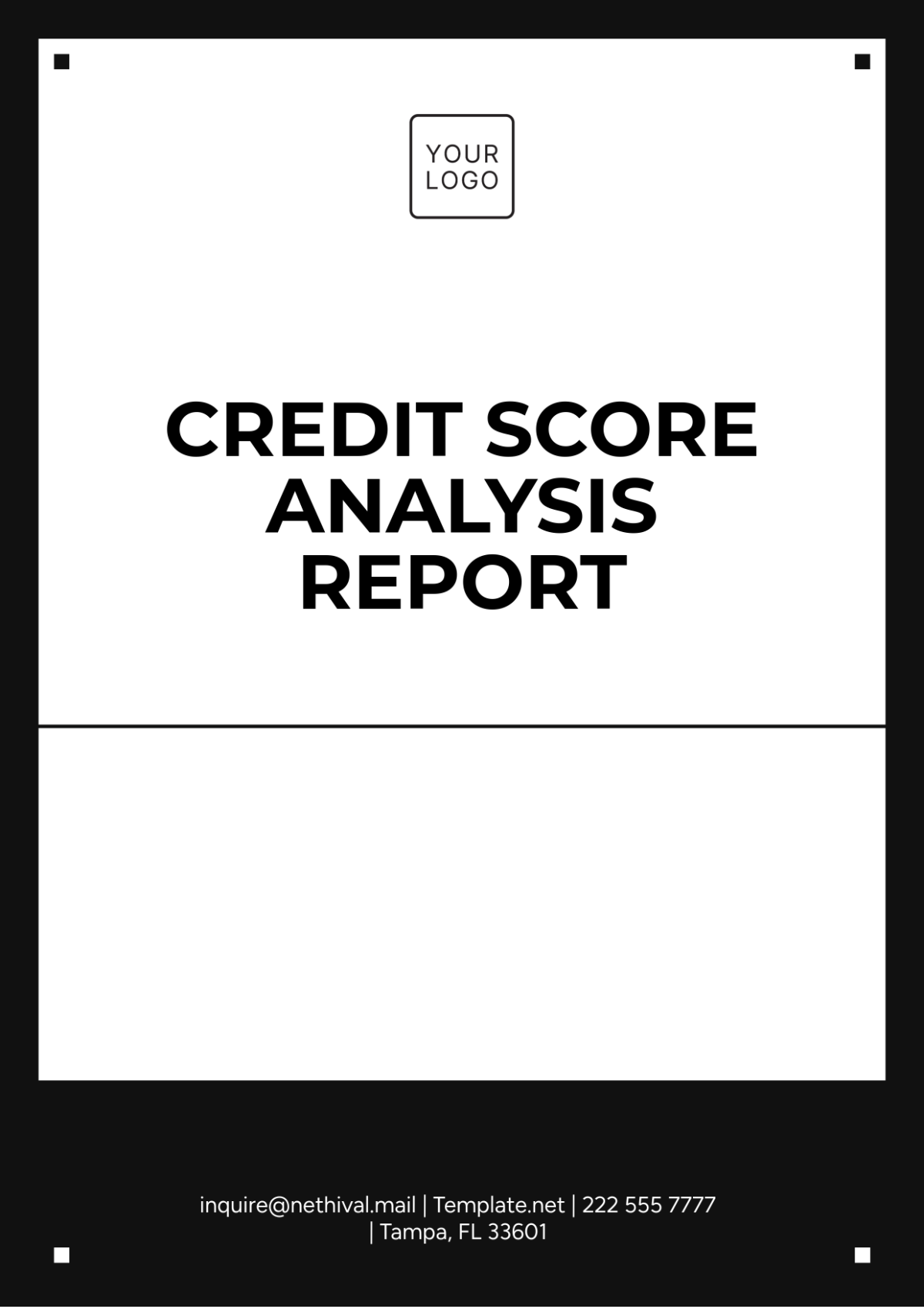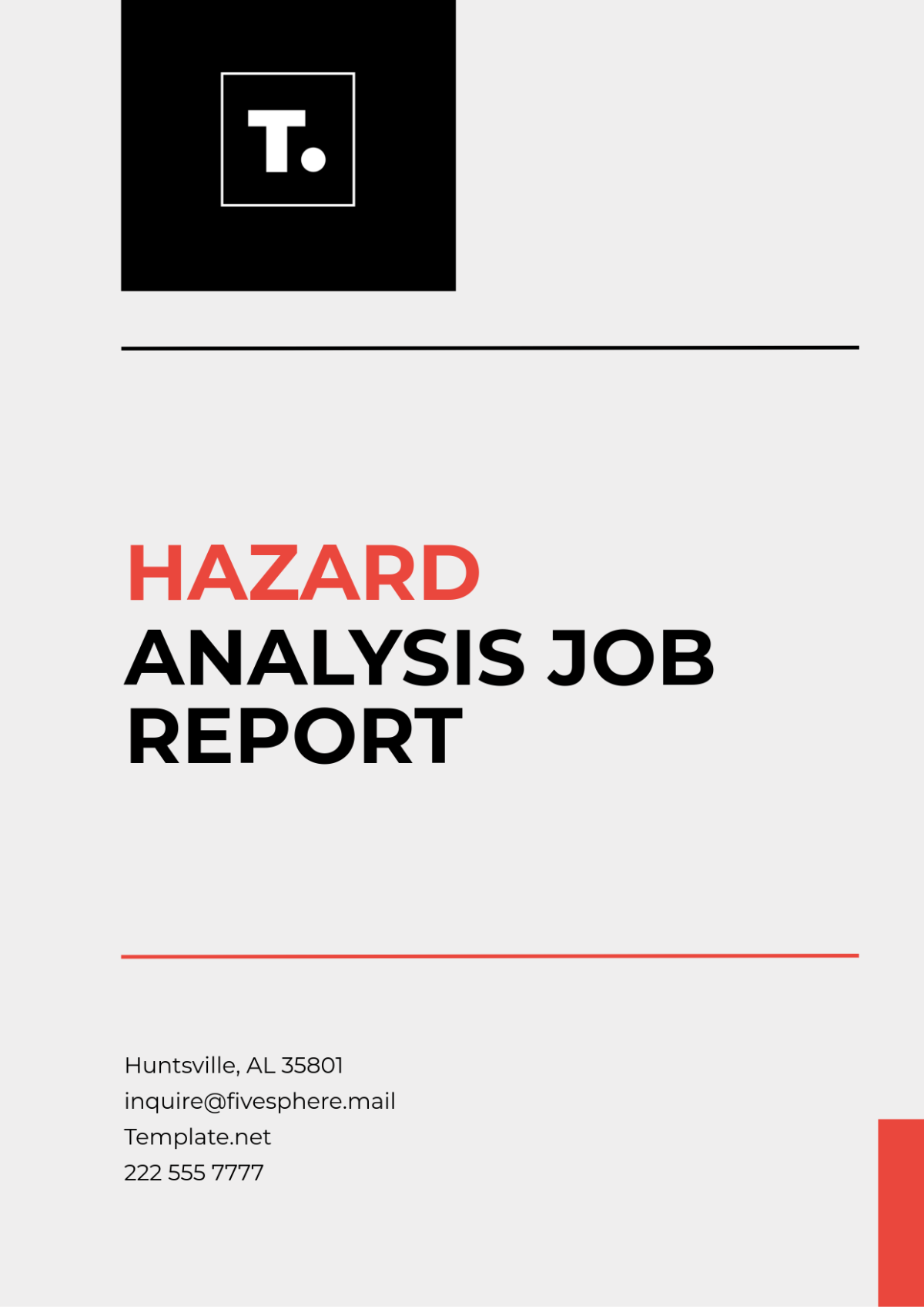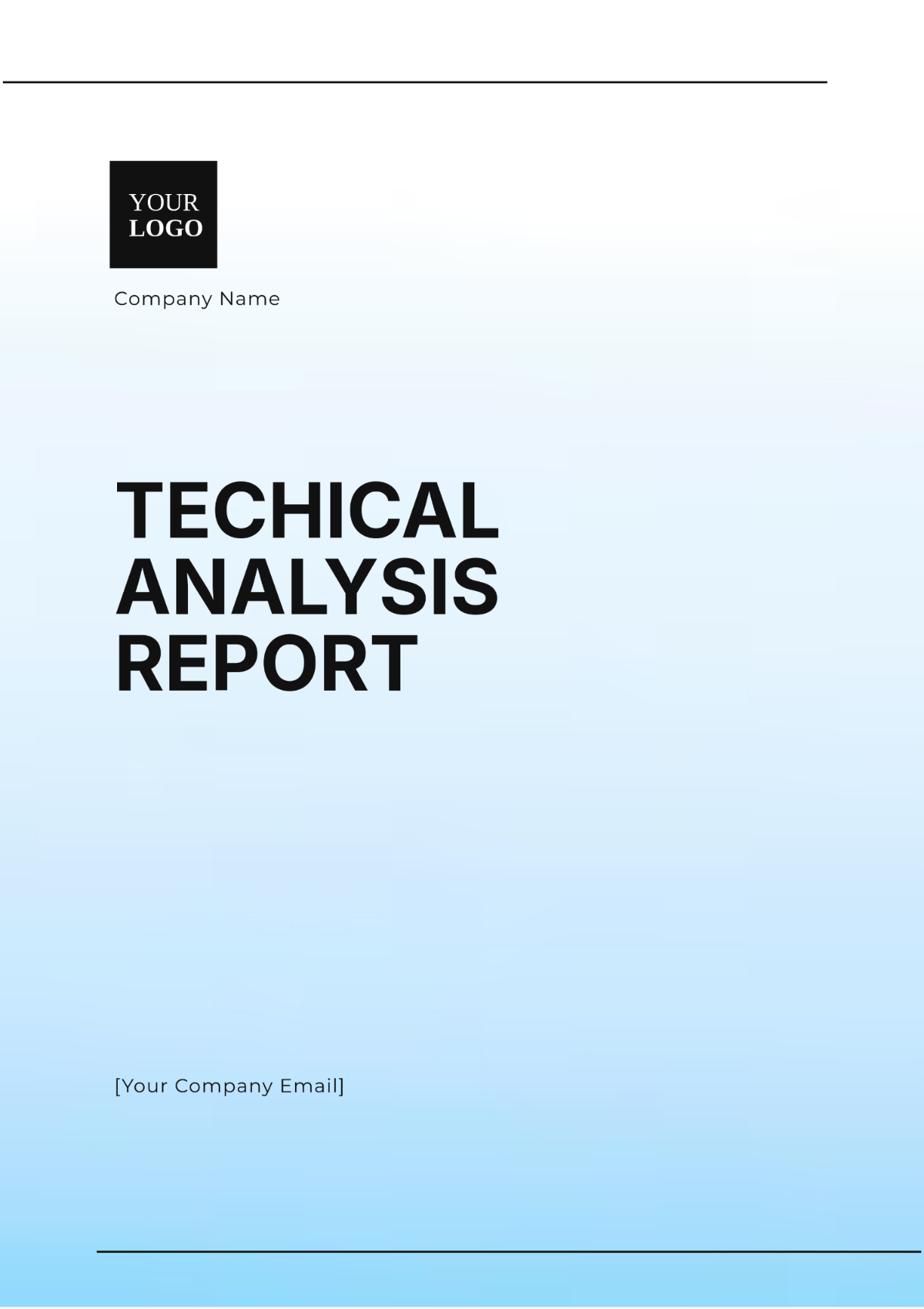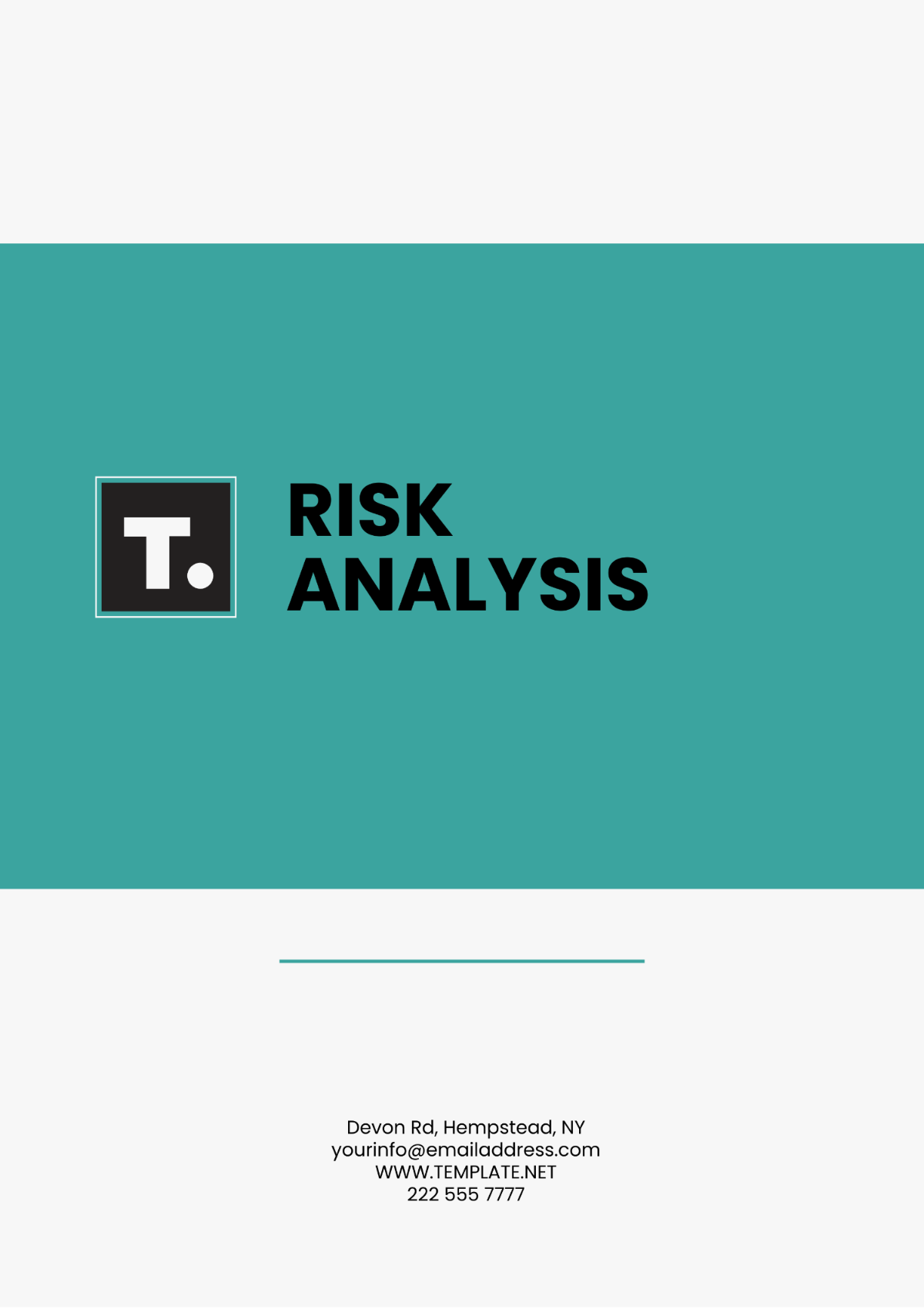Performance Analysis Report
Prepared By :[Your Name]
Company :[Your Company Name]
Department :[Your Department]
1. Introduction
The purpose of this Performance Analysis Report is to evaluate the effectiveness and efficiency of [Department/Process/System] over the [specified period]. The analysis aims to provide a comprehensive review of performance metrics, identify areas for improvement, and recommend strategies for optimizing performance.
2. Objective
The primary objective of this performance analysis is to assess the following key areas:
[Objective 1: e.g., Efficiency of process]
[Objective 2: e.g., Employee productivity]
[Objective 3: e.g., Quality of service delivered]
The analysis will evaluate these objectives against predefined KPIs to understand the current state of performance.
3. Methodology
This analysis was conducted using the following approach:
Data Collection: Data was gathered through [surveys, system reports, interviews, etc.] for the period [start date] to [end date].
Tools & Techniques: We utilized [statistical software, business intelligence tools, etc.] to process and analyze the collected data. Comparative benchmarks were derived from industry standards and past performance reports.
KPI Metrics: Key Performance Indicators (KPIs) evaluated include [e.g., Response time, throughput, customer satisfaction score, etc.].
4. Data Collection
Data for the performance analysis was sourced from the following:
[Data source 1: e.g., Internal system logs, customer feedback surveys]
[Data source 2: e.g., Employee productivity records, financial reports]
The data collected is from the period [start date] to [end date], ensuring a comprehensive view of the performance during this time frame.
5. Analysis
The analysis was conducted on the following parameters:
[Metric 1: e.g., Process efficiency]: The efficiency of the [specific process] was measured by [method of analysis]. The results show that [findings].
[Metric 2: e.g., Employee productivity]: Productivity was assessed through [method]. Results indicate [findings].
[Metric 3: e.g., Customer satisfaction]: Customer satisfaction was measured using [survey results, feedback forms]. The data reveals that [findings].
The detailed analysis, including charts, graphs, and tables, can be found in the appendices.
6. Findings
The key findings from the analysis are:
Strengths:
[Strength 1: e.g., High customer satisfaction]
[Strength 2: e.g., Efficient internal processes]
Weaknesses:
[Weakness 1: e.g., Delays in process X]
[Weakness 2: e.g., Low employee engagement in department Y]
Trends:
[Trend 1: e.g., Increasing demand for product/services]
[Trend 2: e.g., Declining quality in specific areas]
Opportunities for Improvement:
[Opportunity 1: e.g., Automation of repetitive tasks]
[Opportunity 2: e.g., Employee training programs]
7. Recommendations
Based on the analysis, the following recommendations are proposed:
Process Improvement:
[Recommendation 1: e.g., Implement automated systems to reduce manual errors]
[Recommendation 2: e.g., Streamline communication protocols for quicker decision-making]
Employee Engagement:
[Recommendation 1: e.g., Introduce performance incentives]
[Recommendation 2: e.g., Offer regular training on new tools and technologies]
Customer Experience:
[Recommendation 1: e.g., Increase response times for customer support]
[Recommendation 2: e.g., Improve after-sales service follow-up]
8. Conclusion
In conclusion, the performance analysis provides a clear picture of the current state of [process/system/department]. The report identifies both strengths and areas for improvement. By implementing the recommended strategies, we believe performance can be enhanced in a measurable and impactful way.




